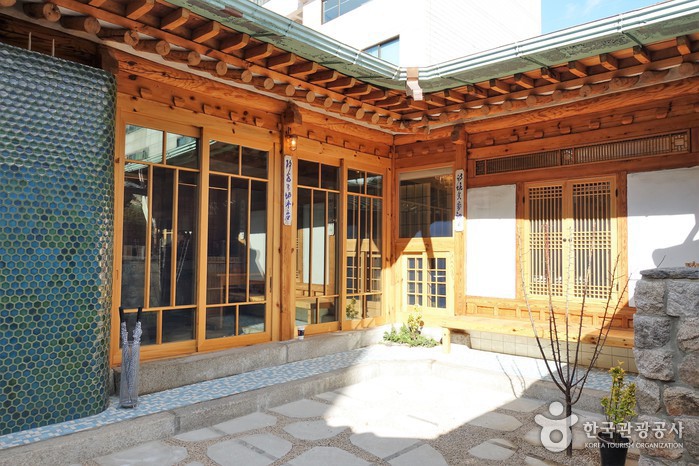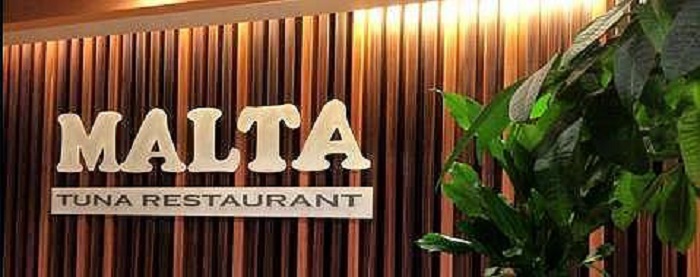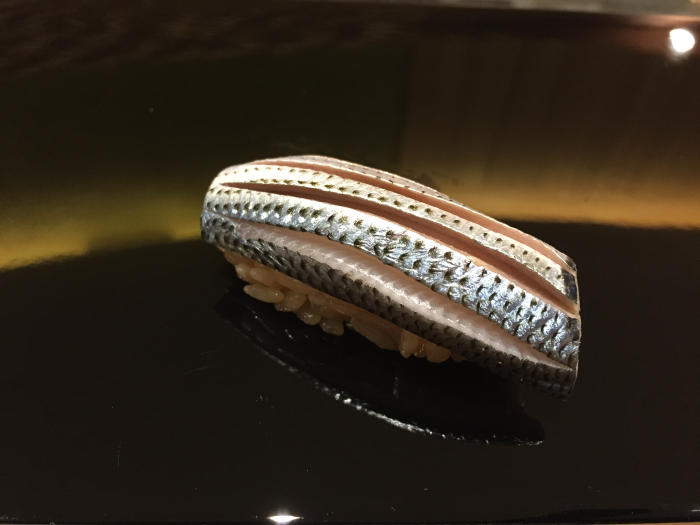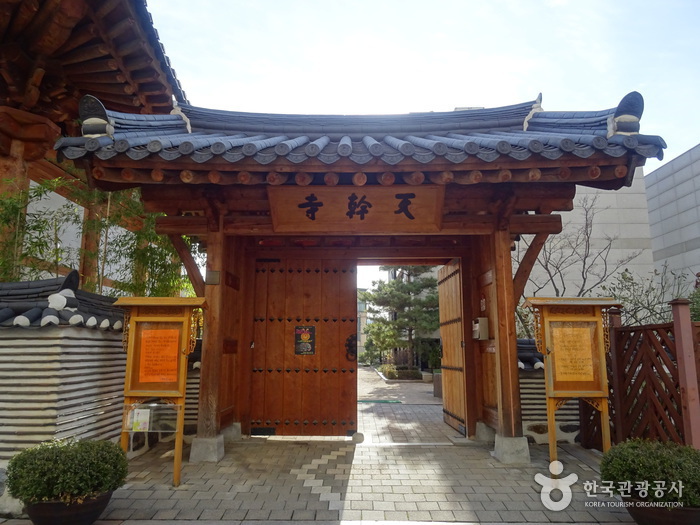Bosque de Seúl (서울숲)
14.1Km 2025-05-13
Ttukseom-ro 273, Seongdong-gu, Seúl.
La apertura del bosque ocurrió el 18 de junio de 2005, hasta entonces había tenido varios usos diferentes según las épocas. Hubo un tiempo en el que fue utilizado como el campo de caza del rey, y más recientemente, fuente de suministro de agua, campo de golf, hipódromo, parque deportivo, etc. Teniendo una superficie amplia, se encuentra dividido en 5 grandes parques temáticos, es un lugar ecológico dentro de la zona urbana, utilizado como área de descanso tanto para los residentes de Seúl como los turistas. En ocasiones es comparado con Hyde Park del Reino Unido y el Central Park de Nueva York.
* Parque artístico y cultural (220.000 ㎡): Ubicado en el centro del bosque, consta de instalaciones como la plaza del bosque, el atrio familiar de Ttukseom, macizos decorados, pista de patinaje, escenario al aire libre, restaurante, áreas libres en el bosque, plaza infantil, fuente de agua, etc.
* Bosque ecológico (165.000 ㎡): Representación del antiguo paisaje de cuando llegaban las aguas del río Hangang. Hay un puente peatonal, desde donde los visitantes pueden observar la diversidad de la fauna de este lugar: ciervos, alces, ardillas, gamos comunes, patos mandarines, ánades reales, entre otros.
* Centro de experimentación académica (85.000 ㎡): La antigua planta de purificación de agua del área de Ttukseom fue remodelada y hoy en día es utilizada como un jardín botánico, jardín de las plantas silvestres, jardín temático, atrio de eventos, bosque, etc.
* Parque ecológico y humedal (70.000 ㎡): Teniendo en consideración el ambiente natural del área, se ha instalado la oficina de administración ecológica del humedal, área destinada a la educación ambiental al aire libre, sector de observación de las aves, jardín de las plantas subacuáticas, etc.
* Parque a orillas del río Hangang (33.000 ㎡): Es la zona verde que corresponde al sector sudoeste del parque, a orillas del río, en donde se encuentran el parque del río, el muelle y espacios para el descanso de los visitantes.
Hyehwa1938 / 혜화1938
14.1Km 2025-08-12
7, Sungkyunkwan-ro 16-gil, Jongno-gu, Seoul
+82-10-7107-1752
Located in (no suggestions)-dong of Seoul, Hyehwa 1938 is a lodging facility which is based on the remodeling of an 80-year- old traditional Korean house. A traditional Korean house expert initially wanted to use it as an office but later decided to turn it into a guest house due to its large size. As a result, the unique beauty of traditional Korean house was revived while improving practicality. The Woojeong room and Sarang room are now resized to accommodate max 8 persons which used to be only max 4 in the past. Despite the remodeling, the aura and atmosphere of the traditional Korean house is well preserved. Inside the room, you can see that the chandelier of the rich house in the '30s are accompanied by modern furniture and electronics which maintain unique harmony. Open the windows to see sansuyu and maehwa along with other various seasonal trees with beautiful colors and also the space such as edges and sewers are well arranged to avoid any discomforts with your eyesight. The heart of architecture offers only two rooms for guests, and you are all welcome to enjoy the true beauty of Korea.
Gungnara Naengmyeon Mukbap (궁나라냉면묵밥)
14.1Km 2025-08-01
6, Jibong-ro 12-gil, Jongno-gu, Seoul
Malta Tuna (몰타참치)
14.2Km 2025-06-20
26, Samseong-ro 85-gil, Gangnam-gu, Seoul
This is a place that sells filleted raw tuna using various tuna parts. This restaurant's signature menu is sliced raw tuna. This Japanese cuisine restaurant is located in Gangnam-gu, Seoul.
Sushi Kaisin (스시 카이신(鮨海信))
14.2Km 2025-07-18
12, Dosan-daero 100-gil, Gangnam-gu, Seoul
Sushi Kaisin is a luxurious sushi restaruant owned by Japanese Chef Kyousuke Sato. Chef Sato gained much knowledge about seafood through his working experience at fisheries market and two years of experience as a fisher. After building his career as a chef by working at top-notch sushi restaurants and five-star hotels in Japan, Chef Sato opened his very own sushi restaurant in Cheongdam-dong, Seoul in 2017. Fresh ingredients carefully selected and brought in from Jeju Island are prepared into an authentic Edomae sushi through Chef Sato's unique techniques. Although the restaurant is small, allowing up to only six customers at the counter table, Chef Sato ensures that the excellent food and service quality remain consistent as the chef personally tends to every aspect of the restaurant, from selection of ingredients and food preparation to customer service. Chef Sato is able to provide menu explanations and engage in friendly conversations with customers in fluent Japanese, Korean, and English due to his broad experience and expertise from traveling and working over the past years. Reservation is advised due to limited seating.
Templo Myogaksa (묘각사)
14.2Km 2021-02-04
Jongno 63-gagil 31, Jongno-gu, Seúl.
El templo Myogaksa se localiza en la ladera oriental del monte Naksan, en Sungin-dong, Jongno-gu, Seúl. Construido por el monje Taeheo en mayo de 1930, se ha expandido hasta tener dos renovaciones. La ubicación del templo se basa en los principios del feng-shui (pungsu en coreano), que dictamina que un templo construido en este sitio traerá paz y comodidad a los habitantes de Seúl. El complejo del templo Myogaksa tiene un Santuario Deabul (Gran Buda), un santuario budista Wontong, un pabellón de oraciones Nakga, una Gruta Seokguram, un Pabellón del Espíritu de la Montaña (Sansingak), etc. Los santuarios Deabul y Wontong son magníficas obras de arte arquitectónico budista. La estatua de Buda, ubicada en la Gruta Seokguram, fue contruida alrededor del siglo IX o principios del siglo X, y es un tesoro nacional. La estatua Maebul, también en este templo, fue tallada de los acantilados de roca del monte Naksan y es un patrimonio cultural de la ciudad de Seúl.
Desde la Copa del Mundo de 2002, el templo Myogaksa lleva adelante un programa de estancia en templo, y es un maravilloso lugar donde los turistas pueden escapar del bullicio de Seúl y sentir la serenidad del budismo.
Templo Cheongansa (천간사)
14.3Km 2021-09-28
Bulgwang-ro 10-gil 20-8, Eunpyeong-gu, Seúl
Originalmente, el templo Cheongansa fue construido en 1960, pero por obras de urbanismo fue demolido y construido de nuevo en 2009. Por su diseño único y belleza arquitectónica, fue galardonado con el premio al Mejor Hanok de Corea en 2011.
Kwangya Seoul (광야 서울)
14.3Km 2024-02-27
Wangsimni-ro 83-21, Seongdong-gu, Seúl
Suyeonsanbang (수연산방)
14.3Km 2024-07-19
8, Seongbuk-ro 26-gil, Seongbuk-gu, Seoul
Suyeonsanbang, a traditional Korean tea house located in Seongbuk-dong, was originally the house where the late Korean author Lee Tae-Jun wrote many of his books. Now, his estate has opened Suyeonsanbang’s doors to the public in the form of a charming and peaceful tea house. Famous for its savory tea, beautiful nature, and rich history, Suyeonsanbang has been covered by a variety of foreign media outlets like NHK (Japan), BBC (UK), French TV channels, and numerous Japanese magazines. To take a break during the summer heat, visitors come to Suyeonsanbang to try their patbingsu (shaved ice with red beans), one of its summer specialties. So come relax and be inspired in this traditional Hanok tea house.
Bo Reum Sae (보름쇠)
14.3Km 2025-05-16
36, Teheran-ro 81-gil, Gangnam-gu, Seoul







 Español
Español
 한국어
한국어 English
English 日本語
日本語 中文(简体)
中文(简体) Deutsch
Deutsch Français
Français Русский
Русский